Some experience in planting clematis
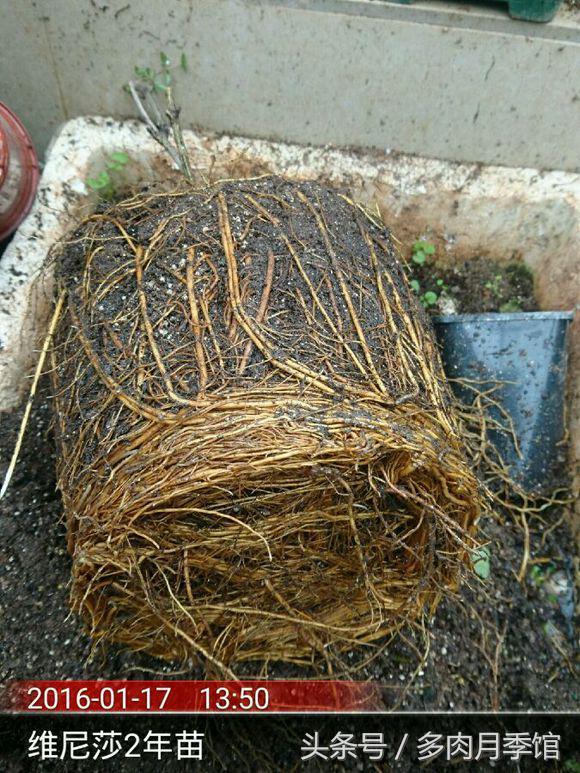
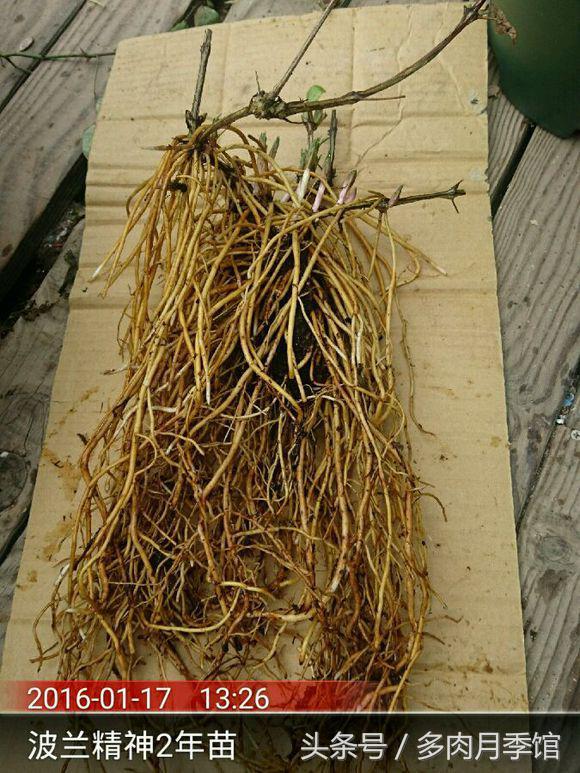
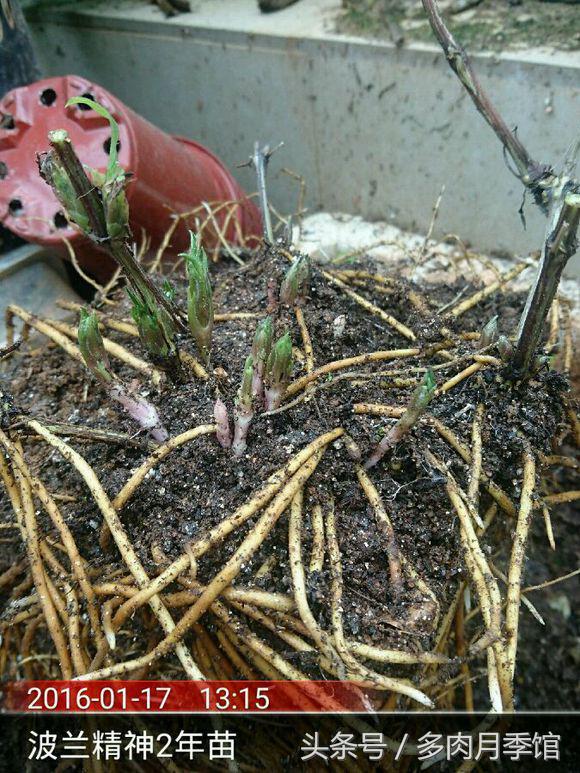
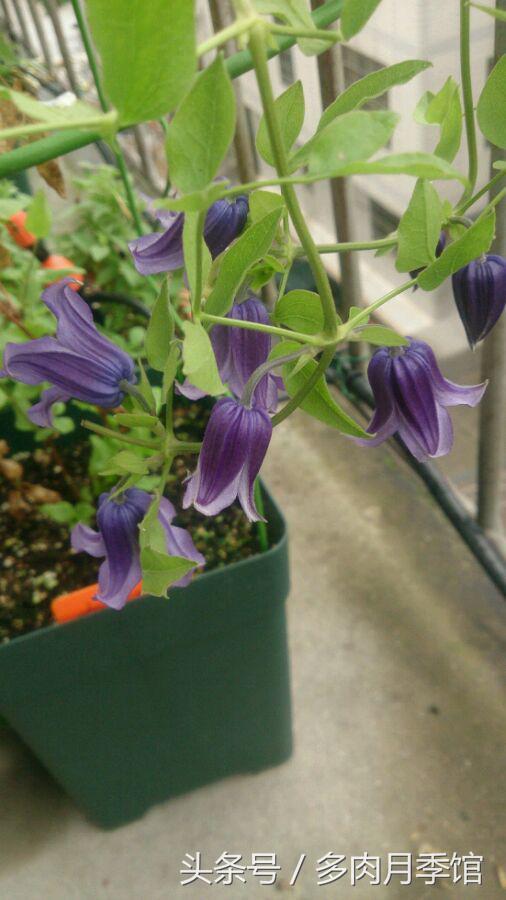
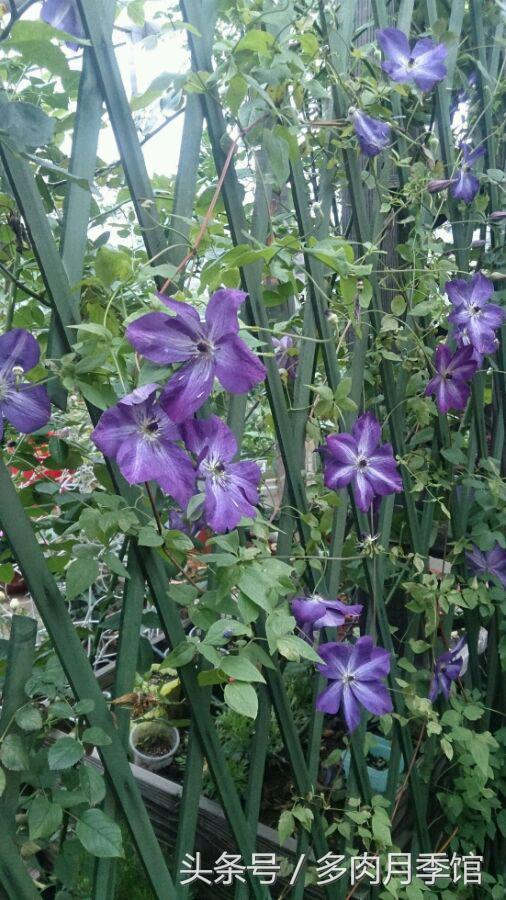
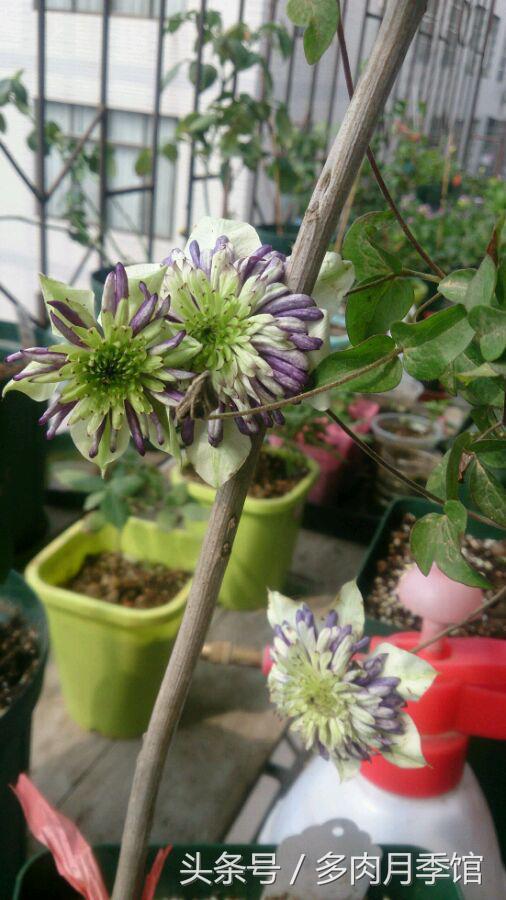
Talk about cutting, this has a lot of tutorials, basically is the wall 2.0 method, this cutting method can be extended to many plant cuttings. First of all, choose branches, too tender, the so-called tender is that the branch fiber tissue is less, hardness is not enough, cutting is easy to dehydrate atrophy, not easy to grow roots. Except for other branches can be cut, of course, the semi-lignified branches of the year is better, this kind of branches have high activity, rapid growth of healing tissue, old branches can also be cut, the survival rate should be low. Because most of the old branches have no leaves, there are no leaves after cutting to absorb water and evaporate to form a cycle, the branches are easy to rot, the branches had better choose those with prominent bud points, and many bud points are not obvious, even if they grow roots, but they do not sprout, it is useless, just like infertile patients. It is very simple to select a good branch, cut a knife inside the 1cm above the bud point, cut a knife 5-6cm below the bud point, and then insert it into a 4-6mm vermiculite. The vermiculite is placed in a tray, which is short of water and added water in the tray. The time of long roots is uncertain, some can be pots in a month, some roots are still weak in 2 months, and different varieties have different rooting conditions.
I cut 5-6cm length for cutting branches. I have my own opinion. When I first entered the pit, I saw that many cutting techniques leave 10cm length. I don't agree with this data. According to the analysis of 5cm length, the root system grows from the bottom cut mouth, the new root length is about 5-7cm, and the total length is 10-12cm, while the pot we usually use is P9 pot with a height of 12.5-13cm. When transplanting, the bud point is required to be about 2cm lower than the pot surface. It is convenient to cover the bud in the soil in the future. According to this calculation, the branch length 5cm is just right. When the branches reach 10cm, there is not enough room for root growth at the bottom, and the upper bud points reveal the basin surface.
- Prev
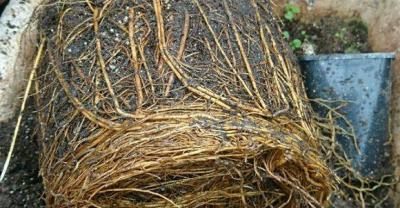
The technique of how to plant roses on a large scale
How to plant roses on a large scale the roses, carnations, Platycodon grandiflorum and hydrangea in fresh cut flowers account for 80% of the total area of fresh cut flowers. A rose is a rose.
- Next

Campus vegetable Garden: the planting method of Chinese Cabbage
Chinese cabbage (Brassica campestris L. Ssp. Chinensis Makino (var. Communis Tsen et Lee) the scientific name is common cabbage, commonly known as.
Related
- Fuxing push coffee new agricultural production and marketing class: lack of small-scale processing plants
- Jujube rice field leisure farm deep ploughing Yilan for five years to create a space for organic food and play
- Nongyu Farm-A trial of organic papaya for brave women with advanced technology
- Four points for attention in the prevention and control of diseases and insect pests of edible fungi
- How to add nutrient solution to Edible Fungi
- Is there any good way to control edible fungus mites?
- Open Inoculation Technology of Edible Fungi
- Is there any clever way to use fertilizer for edible fungus in winter?
- What agents are used to kill the pathogens of edible fungi in the mushroom shed?
- Rapid drying of Edible Fungi

